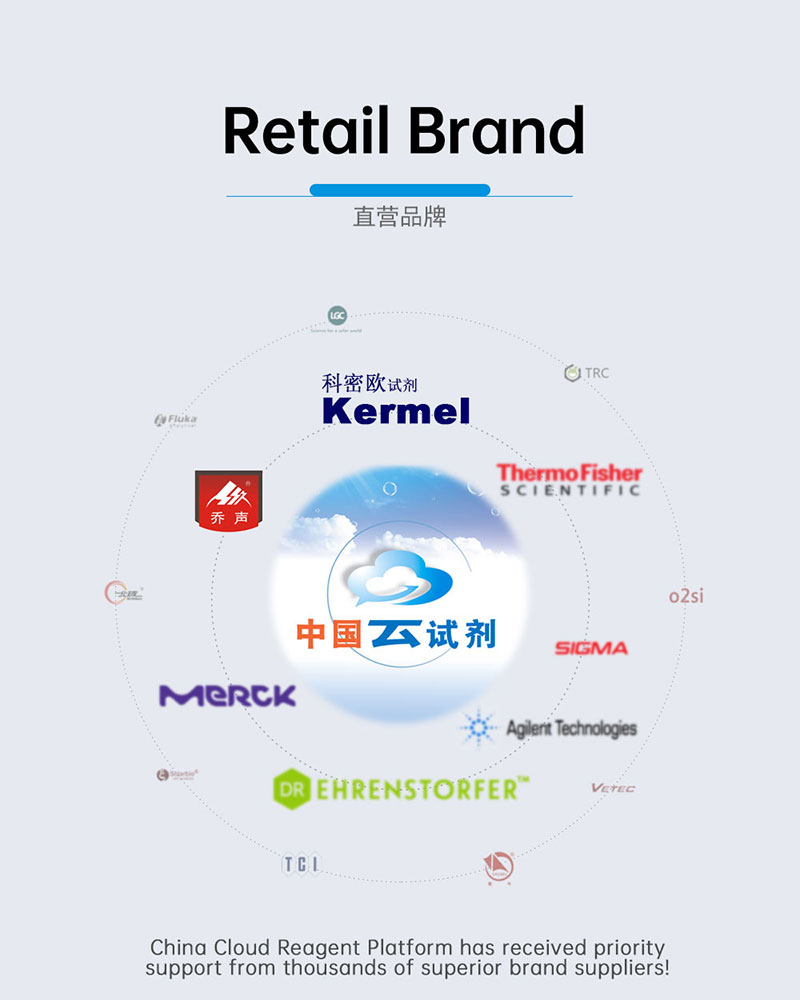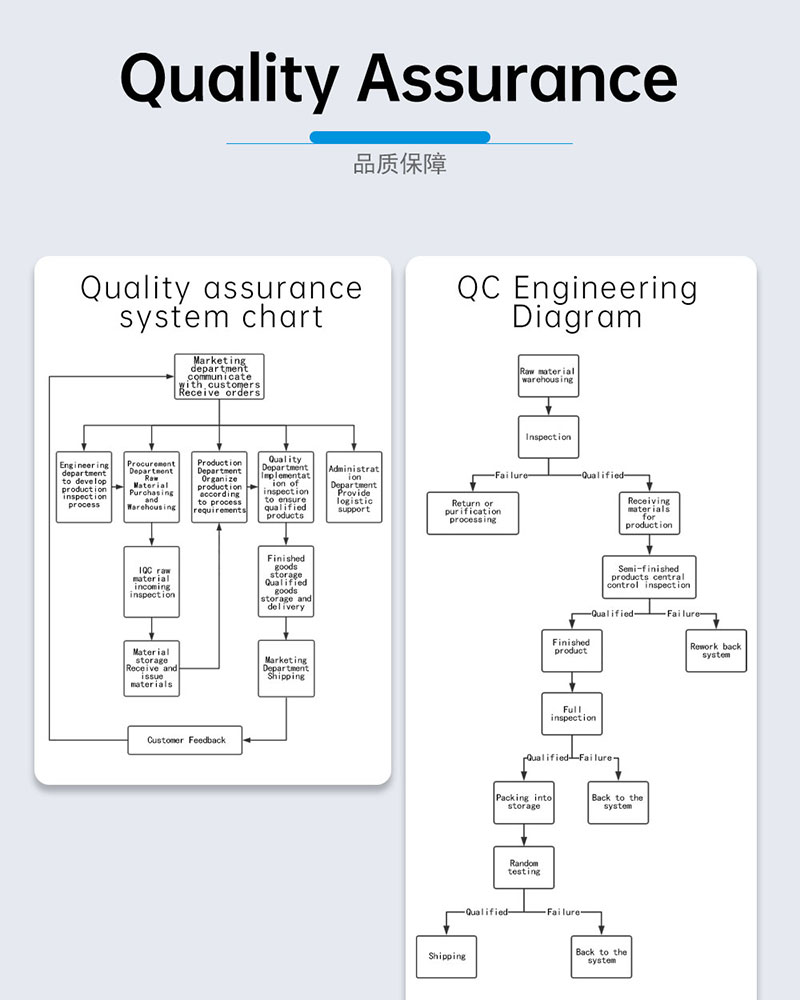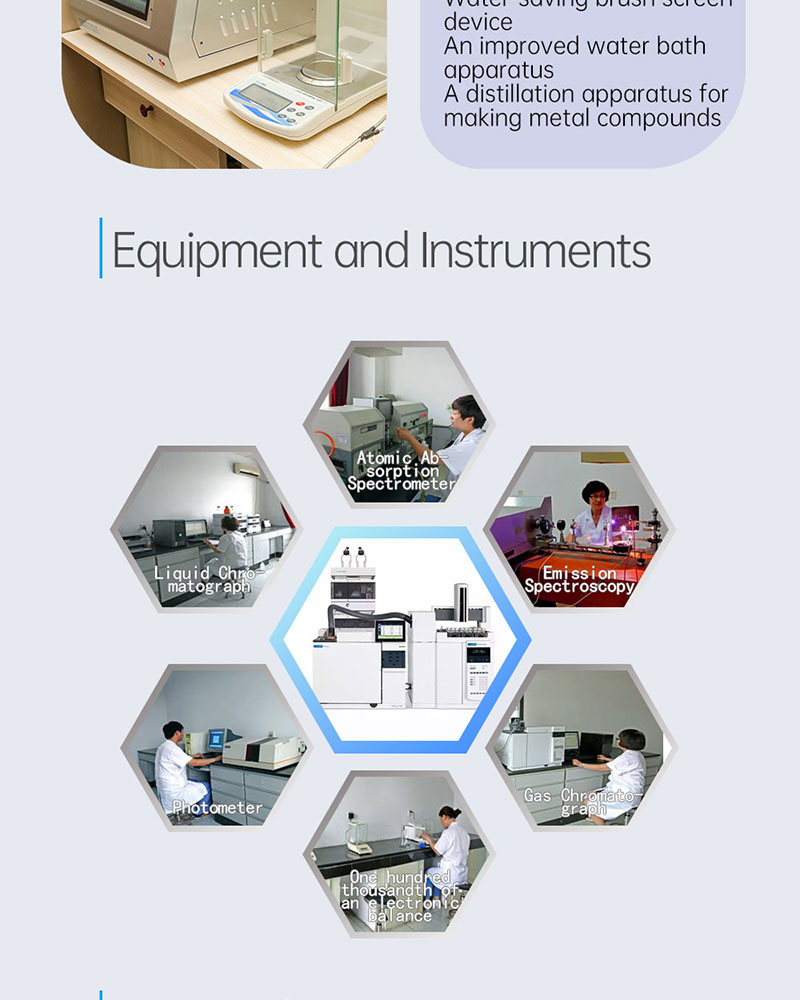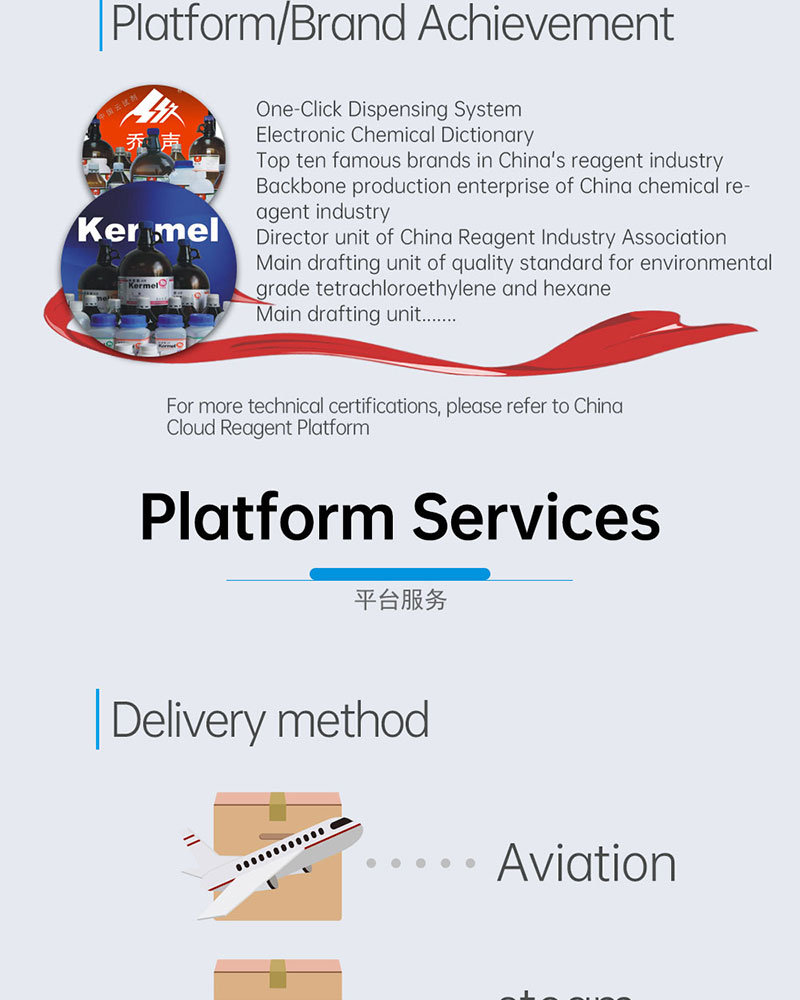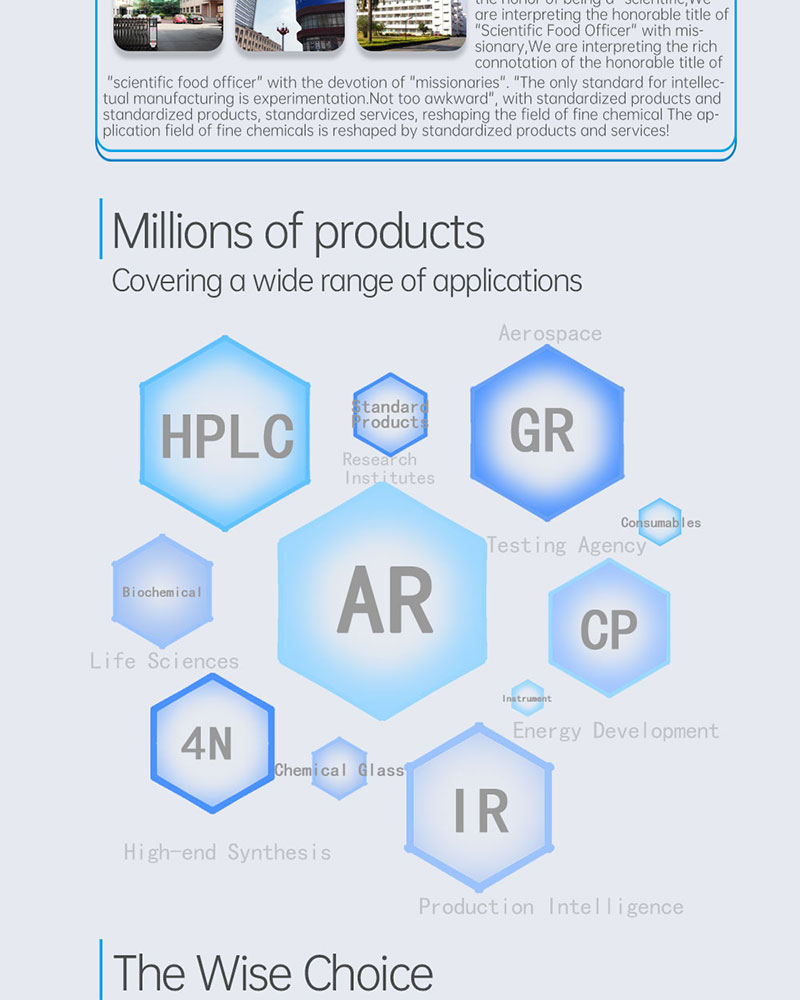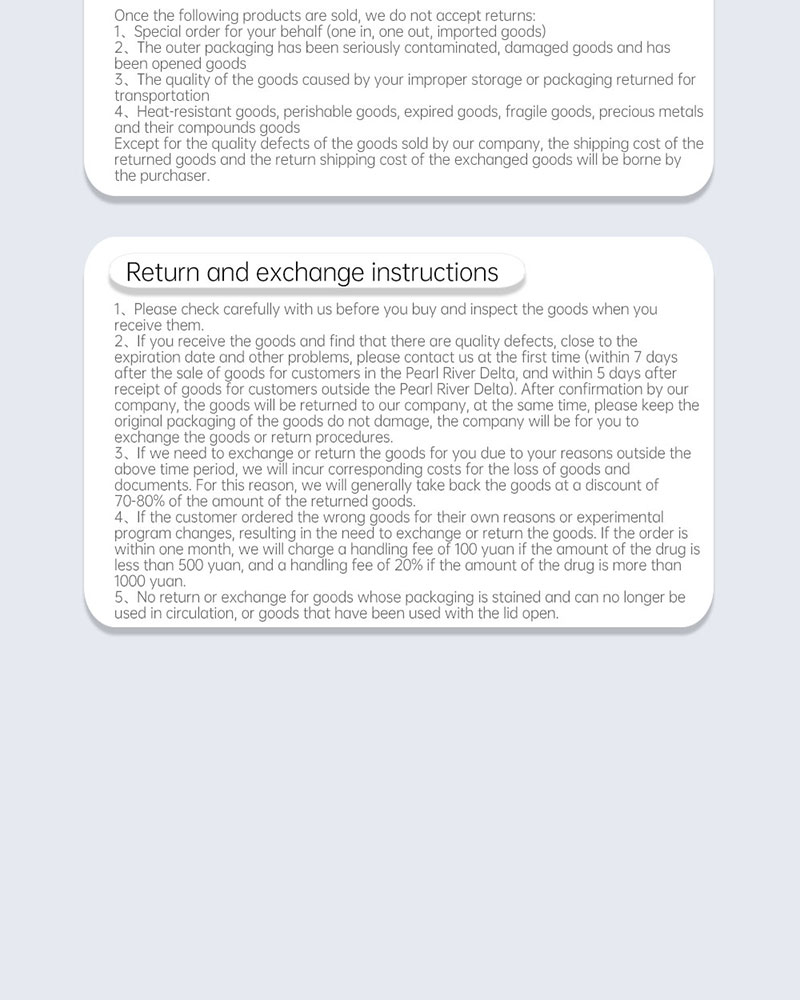- Parameters
- Details
General Reagent High Purity Reagent Chromatography Applications Analytical standard Synthetic block Synthetic reagent Materials Chemistry Analytical reagent
>Inorganic liquid detection Medical detection Animal residue detection Environmental detection Pesticide residue detection Food detection Matrix detection Engineering Technology detection Steel detection Metal Material detection Detection of polymer materials Physical detection Chemical detection Geological detection Imported reference materials
>Experimental cleaning Elemental Analysis Biochemical Analysis Liquid chromatography Gas Chromatography Titration analysis infrared spectrum Other organisms
>Burner class Vessel and tube funnel Bottles Measuring instrument class Complete set of instruments Quartz products Filter class Standard oral class Vacuum Vessel Voltage regulator Centrifuge Ultraviolet analyzer
>Plastic products Tetrafluoride products Rubber and plastic products Silica gel products Ceramic Products Metal Products Enamel Products Filter paper products Thermometer Density hydrometer Chromatography Accessories Safety Protection
>Detector Analyzer Spectrometer Chromatograph Mass Spectrometer Detector Instrument system Machinery and equipment Other equipment
>Mobile Mall
PS:Parameters are for reference only, please consult customer service for the latest parameters
Storage Conditions:4℃保存
Product Information:
(CELLG5 Method)
The CELLG5 assay reagent for the measurement of
endo-cellulase (endo-1,4-β-glucanase) contains two components;
1) 4,6-O-(3-Ketobutylidene)-4-nitrophenyl-β-D-cellopentaoside (BPNPG5) and 2) thermostable β-glucosidase. The ketone blocking group prevents any hydrolytic action by the
β-glucosidase on BPNPG5. Incubation with an endo-cellulase generates a non-blocked colourimetric oligosaccharide that is rapidly hydrolysed by the ancillary β-glucosidase. The rate of formation of 4-nitrophenol is therefore directly related to the hydrolysis of BPNPG5 by the endo-cellulase. The reaction is terminated and the phenolate colour is developed on addition of Tris buffer solution (pH 9.0).
The CELLG5 assay represents a huge step forward in the methodology for the measurement of cellulase that traditionally relied on substrates such as CM-cellulose, Avicel, cellooligosaccharides, filter paper or dyed polysaccharides including CMC Congo red or cellulose azure.
